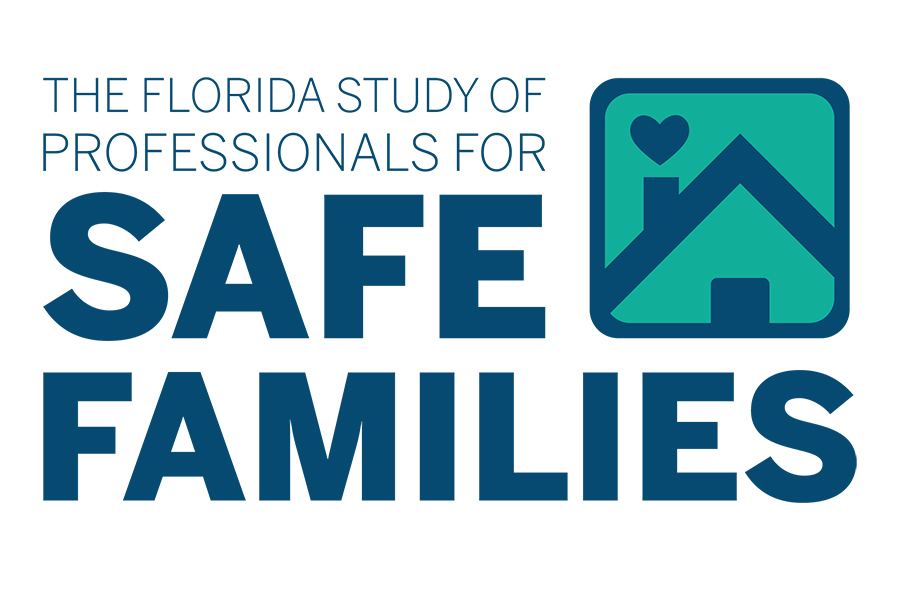
Florida State University College of Social Work researchers have found a link between work-related violence and poor health outcomes for child protection workers.
The new study, recently published online by the Journal for the Society of Social Work and Research, focused on the events that occur after a child protection worker has experienced violence perpetrated by a client. Researchers found that workers who were not adequately supported by employers after such an event experienced high levels of psychological distress.
“We know that child welfare workers experience client-perpetrated events,” said Melissa Radey, professor at the College of Social Work. “The study provided us an opportunity to examine the context of these events — when and how these violent events unfold and the consequences of such violence.”
Radey, along with Lisa Magruder, program director of Science and Research at the Florida Institute for Child Welfare, and FSU Professor of Social Work Dina Wilke, examined worker perceptions of an event, not solely the type of violent event. These perceptions contributed to workers’ reactions and the consequences of the incidents.
Rather than emphasizing the prevalence of violence experienced by child welfare workers, the study increases understanding into how workers experience violence and workplace responsiveness to these incidents.
Researchers conducted 34 in-depth qualitative, telephone interviews with child protection workers throughout Florida hired in 2015-2016. All workers had experienced some form of physical or non-physical client-perpetrated violence since being on the job. Their perceived levels of spontaneity, personal attack and workplace responsiveness shaped their psychological consequences from the violence.
“The framework suggests that a violent incident and the way workers perceive them then influences worker health outcomes,” Magruder said.
Workers who experienced spontaneous violence and felt attacked because of their role as a worker, such as in the case of a child removal, experienced few consequences if they received adequate agency support. Alternatively, workers who experienced calculated violence and felt personally attacked, as in the case of receiving threats to themselves or their family members, experienced high levels of psychological distress, including increased fear, stress, insomnia and burnout, particularly when they felt agencies dismissed their fears.
The study suggests the important role that child welfare agencies can play in defining, preventing and addressing violence through supervisor and frontline worker training protocols. Validating child welfare workers’ perceptions of violent incidents and supporting them can improve worker safety and well-being.
About half of participating child welfare workers in the study perceived their agencies as responsive. Those workers who perceived their agencies as responsive experienced fewer negative health consequences.
“It is important to note that agency responsiveness is also subjective,” Radey said. “Workers desire various levels of agency involvement. Agencies should consider these preferences when providing the optimal environment for workers.”
The study emphasized that future research is needed on the role of child service worker identities in instigating and handling violence to gain insights into how to minimize and prepare for client violence.
“We need to better understand child welfare workers’ experiences with violence in order to develop policy and practice to best meet their needs,” Radey said. “Through meeting worker needs, we can improve worker well-being, worker retention and ultimately client outcomes.”
The researchers suggest that future work can build on the current study’s findings by investigating other stakeholder perceptions, such as client, supervisor and leadership perceptions. By considering multiple perspectives, multilevel responses to address client violence can reflect the reality of the agency environment to best protect workers.
For more information, visit https://csw.fsu.edu/.




